
(By Nancy Ohanian, Source: Seattle Times)
It was the aftermath of a discouraging debate that made me create a series about the “day after” November 5th. I ended last week’s blog with this:
It was clear (to me) that if given a second term, President Biden would try to continue what he is doing now but his success or failure would depend on the makeup of other governmental branches elected in November. Judging what ex-President Trump would do is more difficult. I couldn’t rely on what he said because he only talked about the great America that he left for President Biden to ruin. However, there are other, richer sources of information about what President Trump would do after winning the presidency in November. I will try to draw some “day after” descriptions gathered from these sources.
A few days after I posted that blog, the Supreme Court got into the mix with a set of decisions that made the follow-up of November 5th even more worrisome. They convinced me that I needed to change the direction of my blog from the relatively distant future of the “end” of the energy transition (2050??) to the more immediate future.
The first burning question that is now at the center this matter is whether President Biden will be convinced to withdraw his candidacy for reelection. Here is Bret Stephens’ opinion on the issue in the NYT: “The ‘Bad Debate’ Nonsense”:
Wishful thinking, to adapt a phrase, is a helluva drug.
In the aftermath of Joe Biden’s debate with Donald Trump, his well-wishers are claiming that it was just an off night. “Bad debate nights happen,” wrote Barack Obama in a social media post that’s garnered more than 100 million views. Reid Hoffman, the LinkedIn co-founder and a major Democratic donor, wrote that when Biden “does poorly, he tends to bounce back — and then win.” Biden himself told a gathering of East Hampton donors that “I didn’t have a great night, but neither did Trump.”
Pure nonsense.
It’s true that Obama had a bad first debate against Mitt Romney in 2012, just as Ronald Reagan had a bad first debate against Walter Mondale in 1984 — and both men went on to win resounding re-elections. It’s also true that Donald Trump’s performance — by turns bombastic, evasive, mendacious and meandering — would have been seen as embarrassing against nearly any other opponent.
But Biden was his opponent, and the transparent problem with the president’s performance wasn’t that he debated poorly. It’s that he is suffering from serious cognitive decline, something from which there is no coming back. I don’t say this as a medical expert, only as one of many millions of people who have witnessed, in elderly people we love, the same symptoms we saw in Biden on Thursday: the garbled thoughts and slurred words and unfinished sentences; the vacant stare; the confusion.
As a human matter, this is heartbreaking. As a political one, it’s disqualifying. Biden is asking voters for four more years to “finish the job.” Given recent reports in The Wall Street Journal about the speed of his deterioration, that’s a promise he’d be unlikely to keep even if he somehow wins the election.
All this has been increasingly obvious for years — and some of us have repeatedly said so. But this is also a time to ask questions of those who saw the president and insisted there was nothing seriously amiss, or that his verbal stumbles were just a function of his stutter, or that his voice may be soft but his thoughts are clear. Were they clueless? Dishonest? Choosing to not see?
Whichever way, they bear some of the blame for trying to prop up a mentally unwell incumbent in order to stop a morally unfit challenger. To those who love the president, starting with his wife, it’s time to tell him: for God’s sake, and the country’s, and his own — don’t run.
President Biden himself claims that his bad debate performance originated from too much global travel before the debate. His advisers put the blame on a cold that he got just before the debate.
Writing from some experience on this issue (I am 85), the status of neurology and clinical psychology today is such that measurements with MRI, PET scanning, EEG, and blood testing can say a great deal about the nature of cognitive issues and memory loss. Specifically, they can tell if the deterioration is non-reversible, age related, reversible (through slow treatment), or the temporary impact of stress or a cold. However, there was no mention of direct involvement from neurologists or clinical psychologists on the nature and prospects of his cognitive abilities. I am not the only one that sees the need for definitive answers about his physical and mental state.The second issue that I promised last week I would start addressing, is the current, and changing, projections of what Ex-President Trump will do if re-elected on November 5th. Michelle Goldberg’s article in the NYT, titled “Trump’s Allies Say They’ll Enforce the Comstock Act. Believe Them” gives us a good starting place:
Named colloquially for the fanatical postal inspector Anthony Comstock, the 1873 act — which is actually a set of anti-vice laws — bans the mailing of “obscene, lewd, lascivious, indecent, filthy or vile” material, including devices and substances used “for producing abortion, or for any indecent or immoral purpose.”
The Comstock Act is from 150 years ago but the NYT article was referring to a much more recent publication: Project 2025’s “Mandate for Leadership: The Conservative Promise.” The 920-page document is online and was published by the Heritage Foundation. The first paragraph summarizes its objective:
We want you! The 2025 Presidential Transition Project is the conservative movement’s unified effort to be ready for the next conservative Administration to govern at 12:00 noon, January 20, 2025. Welcome to the mission. By opening this book, you are now a part of it. Indeed, one set of eyes reading these passages will be those of the 47th President of the United States, and we hope every other reader will join in making the incoming Administration a success.
I searched the document for “Climate Change” and got 54 entries. I am obviously not going to quote all of them. However, this is one of the first:
The NSC should rigorously review all general and flag officer promotions to prioritize the core roles and responsibilities of the military over social engineering and non-defense matters, including climate change, critical race theory, manufactured extremism, and other polarizing policies that weaken our armed forces and discourage our nation’s finest men and women from enlisting to serve in defense of our liberty.
NSC refers here to the National Security Council. The spirit of the rest of the quotes is similar and I strongly encourage you to go through the document. Many of the organizations and individuals who authored this document will have Trump’s ear if he is re-elected.
Recent reports claim that Trump is trying to disavow himself from Project 2025. I view this reported attitude as more tactical than truthful. It is on the same level as some of his abortion announcements.
The third issue that surfaced over the last few days involved a recent Supreme Court decision that in my opinion will be the most consequential. Many of the Supreme Court’s recent decisions will have a direct impact on who will be elected on November 5th. But from my own perspective, the most critical decision that the Supreme Court made recently was to overrule the longstanding Chevron doctrine. This will have a critical impact on the future of the US and the world:
On June 28, The U.S. Supreme Court overturned a 1984 decision known as the Chevron doctrine.
The Supreme Court heard arguments in two cases, Loper Bright Enterprises v. Raimondo and Relentless, Inc. v. Department of Commerce, challenging a federal rule that requires commercial fishing vessels to pay for the onboard observers who monitor their catches.
These cases questioned whether judges should defer to agencies’ interpretation of gaps and ambiguities in the laws they implement under the Chevron doctrine. The decision to overturn the doctrine will have significant implications for federal regulators.
Jody Freeman, Harvard Law professor and EELP founding director, and Andy Mergen, HLS visiting professor and director of the Emmett Environmental Law and Policy Clinic, have been answering questions about Chevron and the impact of the Supreme Court’s decision.
As described, the issue before the court seems far removed from today’s concerns. It needs space to make the case. Next blog will start the process.

 Many of us saw the Netflix series “3 Body Problem,” which is set on a planet that circulates two suns. The series is based on a book and has been renewed for another season. Those of us who liked the program might have wondered about the title. As usual, under such circumstances, we can find a relevant Wikipedia site that explains. In physics, a
Many of us saw the Netflix series “3 Body Problem,” which is set on a planet that circulates two suns. The series is based on a book and has been renewed for another season. Those of us who liked the program might have wondered about the title. As usual, under such circumstances, we can find a relevant Wikipedia site that explains. In physics, a 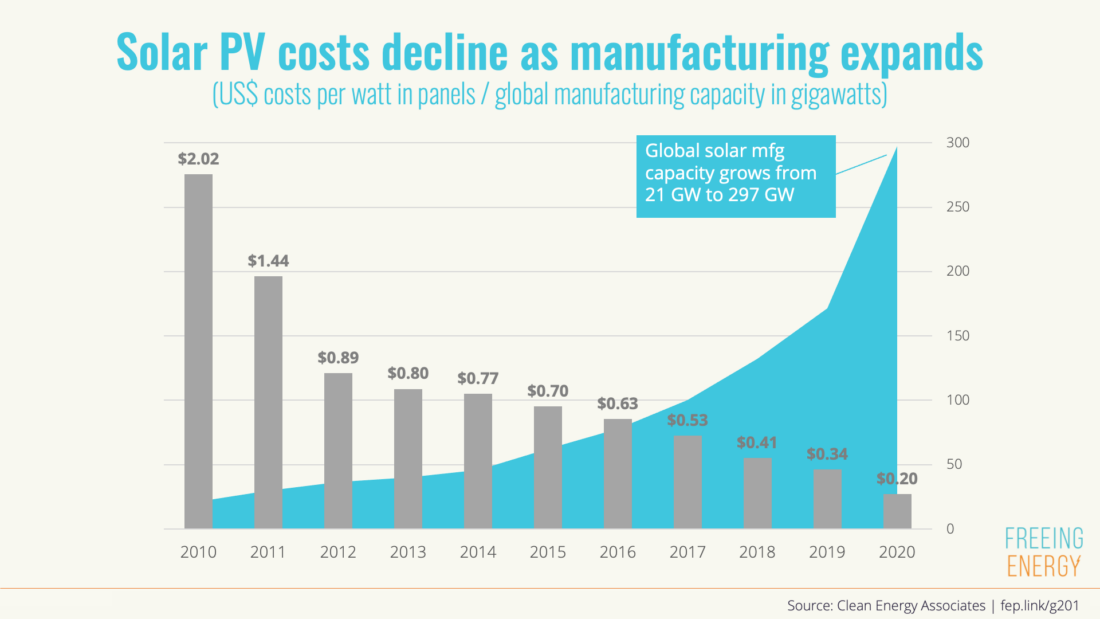
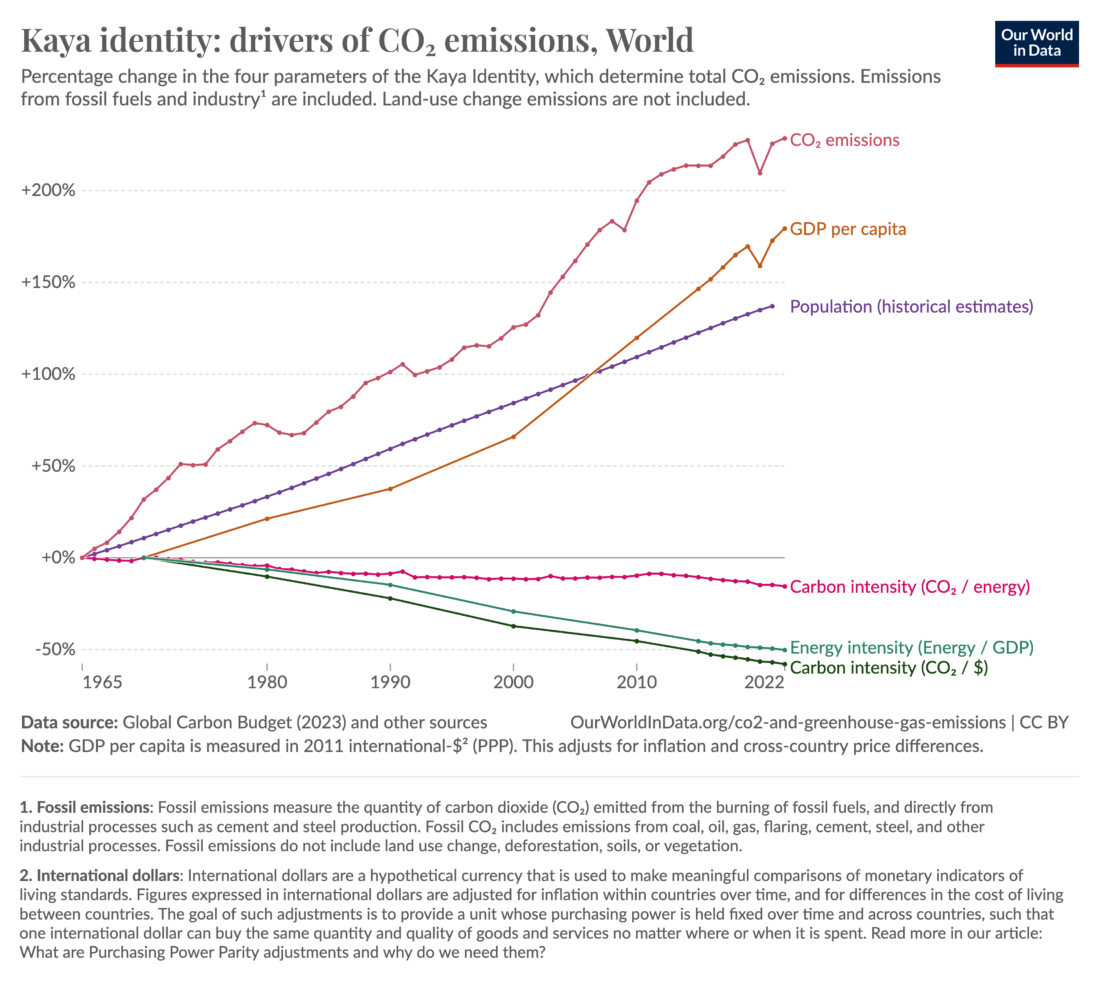 Figure 2 (Source:
Figure 2 (Source: 
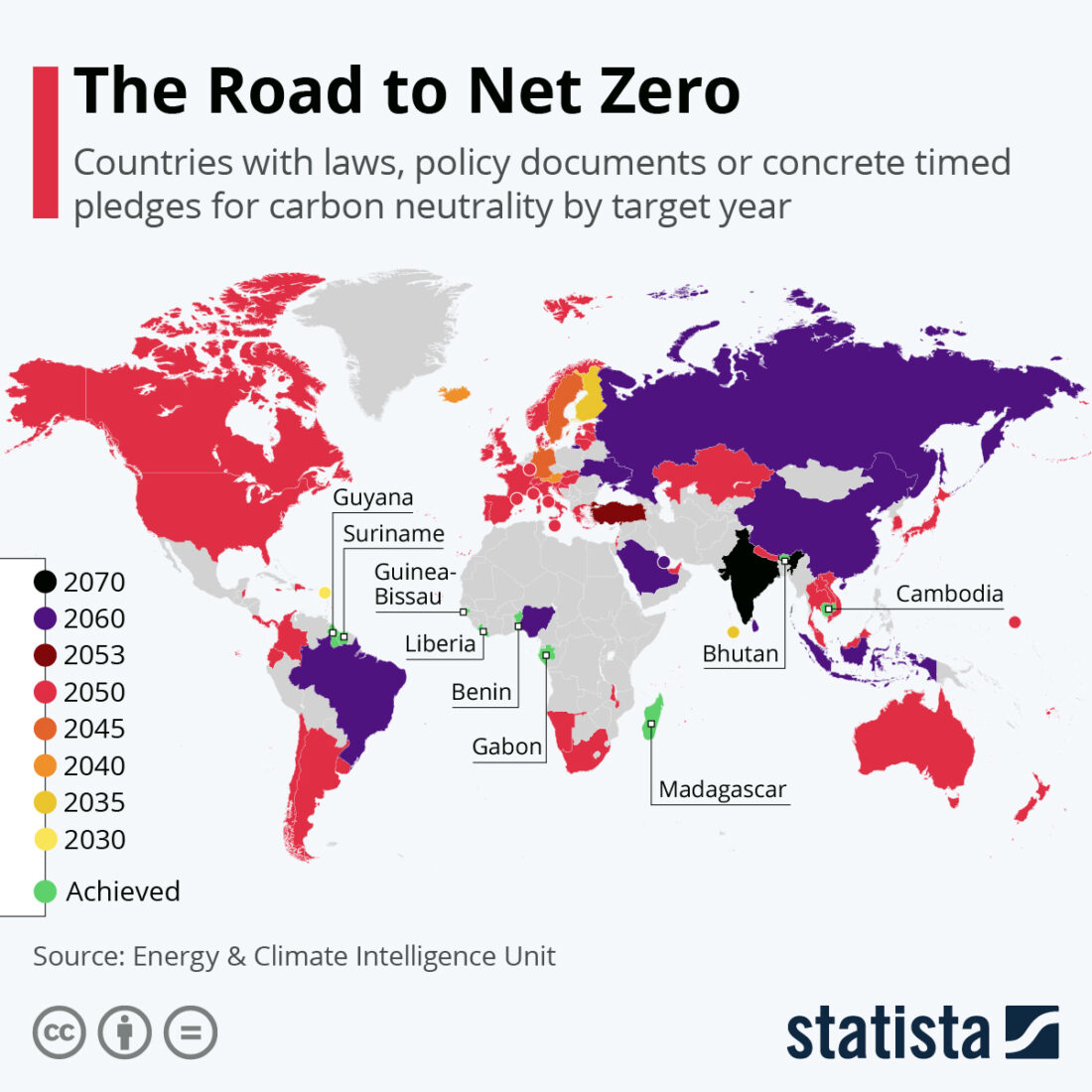
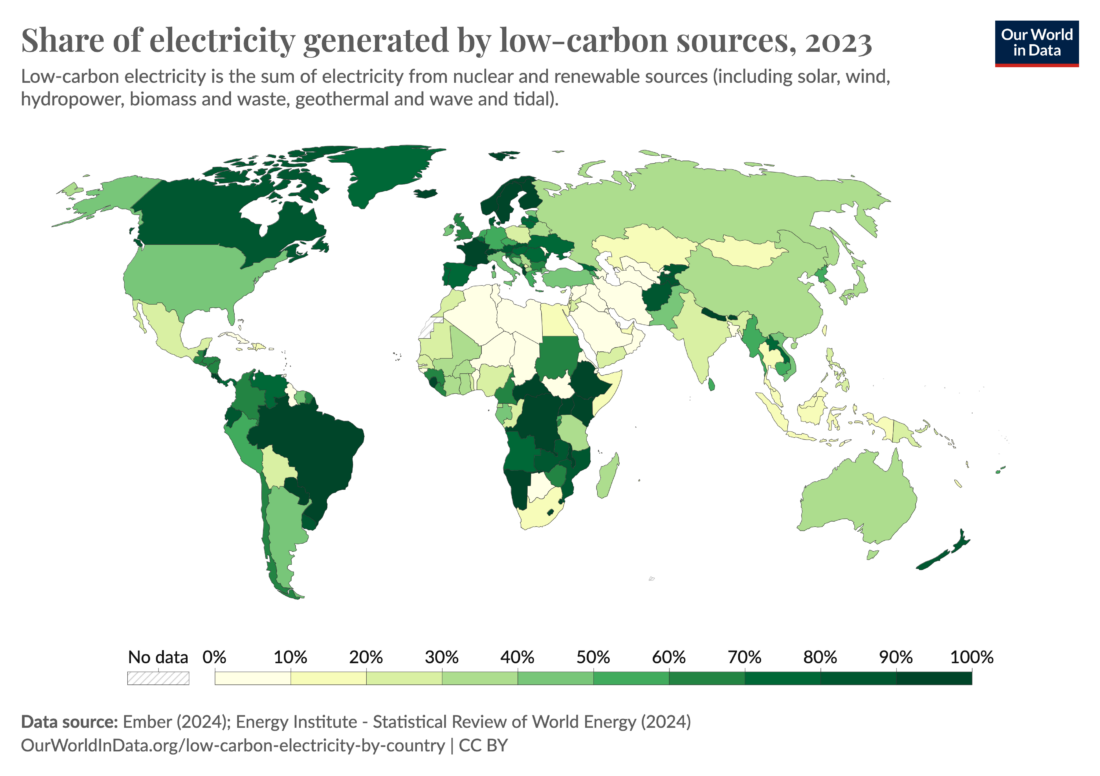
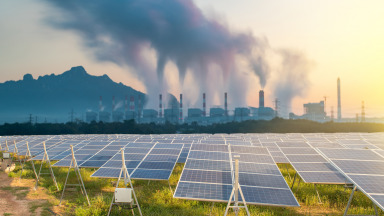
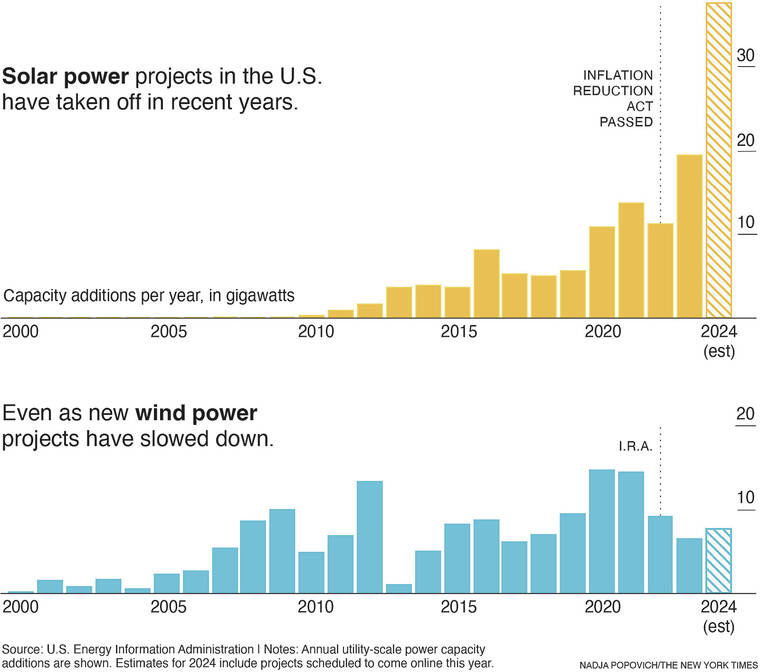

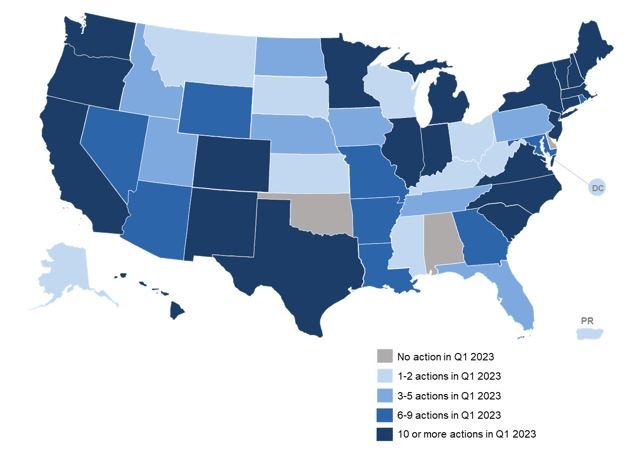
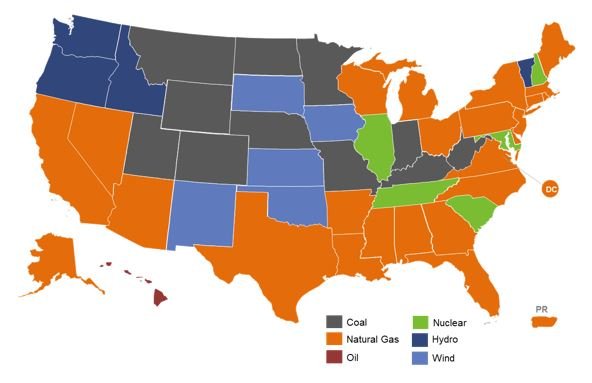


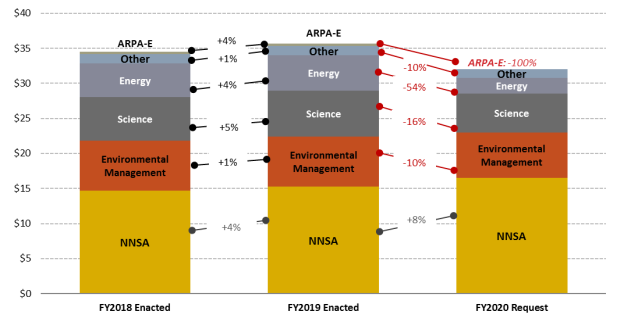 Figure 1 – FY2020 request from DOE, FY2020 Congressional Budget Request: Budget in Brief (March 2019). FY2019 enacted and FY2018 enacted from the Joint Explanatory Statement accompanying
Figure 1 – FY2020 request from DOE, FY2020 Congressional Budget Request: Budget in Brief (March 2019). FY2019 enacted and FY2018 enacted from the Joint Explanatory Statement accompanying 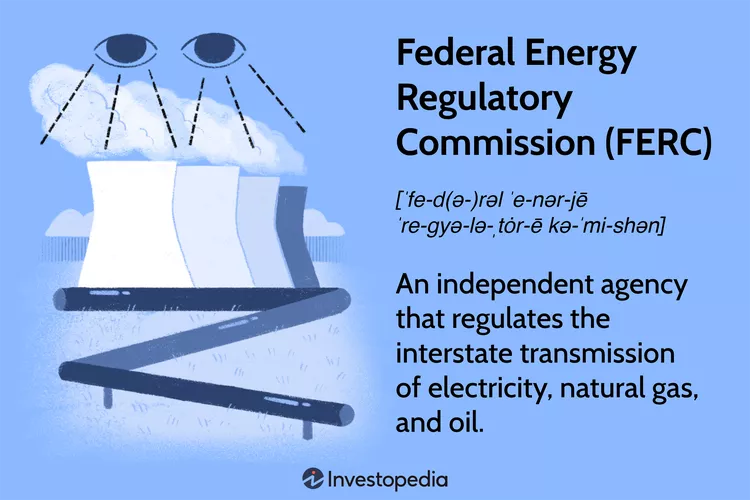
 Figure 1 – Solar panel prices in US$/Watt (Source:
Figure 1 – Solar panel prices in US$/Watt (Source: 

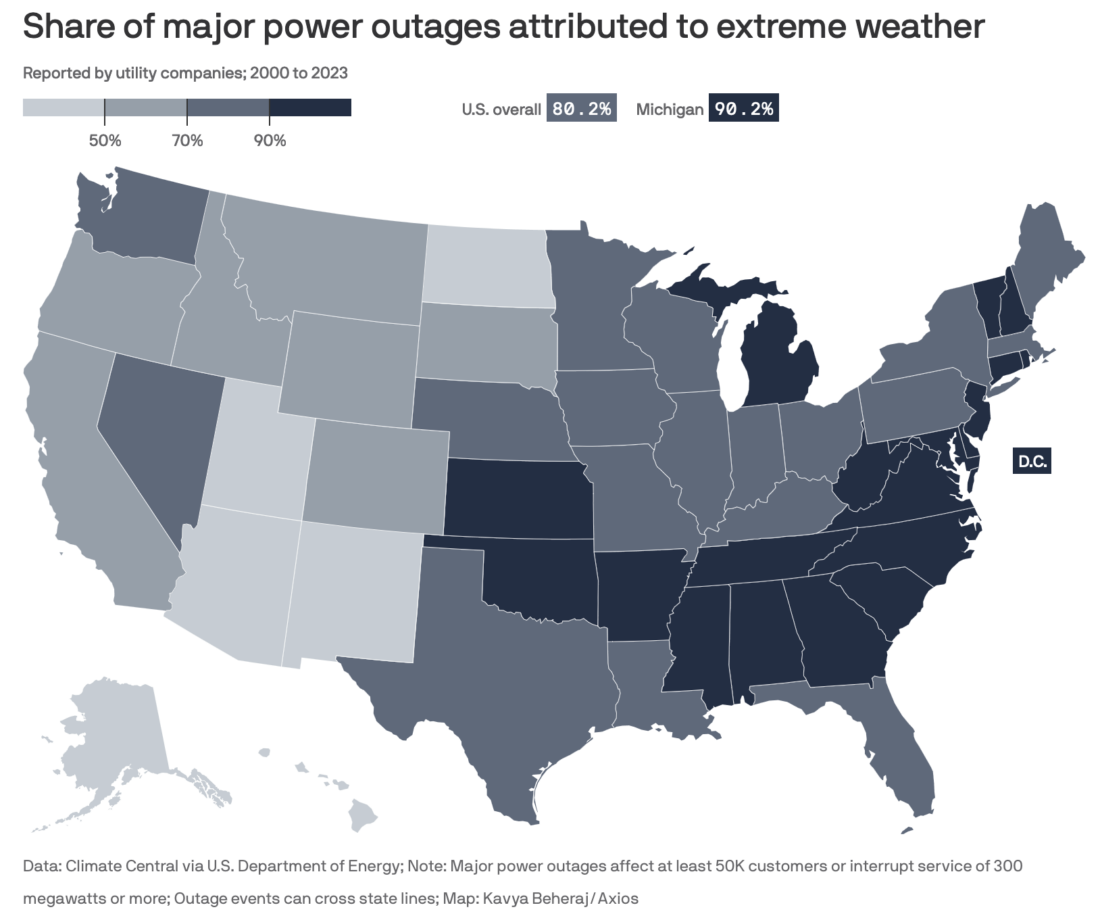 Figure 3 – Share of major power outages attributed to extreme weather
Figure 3 – Share of major power outages attributed to extreme weather